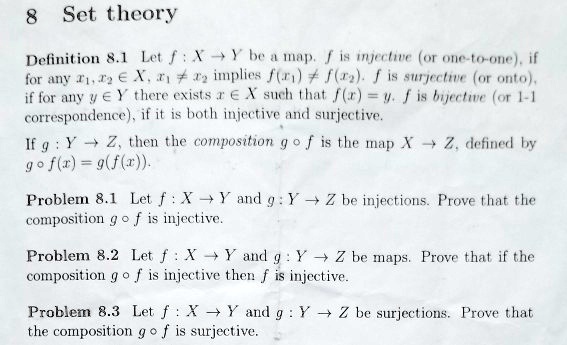
1 also include two proofs of the functional equation for the zeta function, to acquaint the reader with different techniques (in some sense equivalent, but in another sense, suggestive of very different moods). Stylistically, 1 have intermingled the ideal and idelic approaches without prejudice for either. There is much to be said for a direct global approach to number fields. For a more complete treatment of these, cf. The point of view taken here is principally global, and we deal with local fields only incidentally. Old, and seemingly isolated special cases have continuously acquired renewed significance, often after half a century or more.

It seems that over the years, everything that has been done has proved useful, theo retically or as examples, for the further development of the theory. For different points of view, the reader is encouraged to read the collec tion of papers from the Brighton Symposium (edited by Cassels-Frohlich), the Artin-Tate notes on class field theory, Weil's book on Basic Number Theory, Borevich-Shafarevich's Number Theory, and also older books like those of W eber, Hasse, Hecke, and Hilbert's Zahlbericht.

Indiana Theory Review is sponsored by Indiana University’s Jacobs School of Music, its Department of Music Theory, and the Graduate Theory Association.

the class field theory on which 1 make further comments at the appropriate place later. Each semiannual, peer-reviewed issue showcases the basic philosophy of sound scholarship and high quality performance as the hallmarks of superior music education. The present book gives an exposition of the classical basic algebraic and analytic number theory and supersedes my Algebraic Numbers, including much more material, e.


 0 kommentar(er)
0 kommentar(er)
